This is #4 in a series of 8 posts. Visit post #3 here.
While exploring a new topic, have you ever found yourself lost in a sea of unfamiliar words, wondering how you’ll manage to learn it all? Working remotely from home can amplify such moments, draining motivation and curiosity. Students need guidance to help them convert their confusion or panic into useful energy for learning.
This is where “scientific learning” can help. Exposure to even the very best online resources will take students only so far. They must also be encouraged to experiment with different study practices and hit the “pause” button from time to time to reflect on which approaches are working (or not working). Narrate, the N in SYNAPSE, can help kickstart experimentation this spring. Narrate highlights the importance of storytelling, a method humans have employed for millennia to accumulate and pass on knowledge.
NARRATE — CONVERT WHAT YOU’RE LEARNING INTO A STORY
Storytelling illustrates the limitless power of schema. Organized bits of knowledge that already exist within your brain, schema guide your recognition of patterns and similarities when processing new information. Deliberate use of schemas can help you break down complexity and boost momentum when you need it the most. Storytelling as a study strategy is fueled by unique, personalized schemas but does not require you to conjure new stories on the fly. Rather, narratives are discovered within the topics you are studying. Learn to “Narrate” and deepen your understanding by practicing the following steps, based on what we know about schemas, storytelling, and memory.
Consider the narrative arc within the process you are studying.
- Study the relationships among actors in their original setting. At the start of most stories, there’s an exposition or initial status described for the audience. What forces are keeping these relationships stable? What specific features does each actor bring to the relationships you identified?
- Identify the most important change-agents that drive the story forward? By now, you’ve identified a cast of “characters,” noting their actions and interactions. Who’s your protagonist? Antagonist? Secondary characters?
- Isolate the most critical, climactic moment in which a significant change occurs. Focus on specific tensions or complexities that emerge as the process unfolds. What forces direct or cause this change? Likely, there are several changes happening. Does one stand out as the most important “driver” of your story?
- Describe in detail all shifts in power or structure. After the climax, what happens? Have there been losses or gains? Structural rearrangements that increase or decrease interactions among actors?
- Compare relationships or settings at the end of the story to ones initially introduced at the beginning. How have characters been altered by their engagement with one another? How does the final setting reflect these changes?
- Give your story a title that accurately reflects the main idea or action. Be creative! Great stories excite or move their audience in some significant way. No snooze-fests allowed. (Examples from my biology class include House of Peptides, Curb Your Catalysis, and A Series of Unfortunate Collisions.)
- Employ tropes in clever ways to maximize memorability. Metaphors boost clarity and entertainment value, adding social relevance and emotion. Irony and puns work wonders, too, when deep understanding is your goal.






